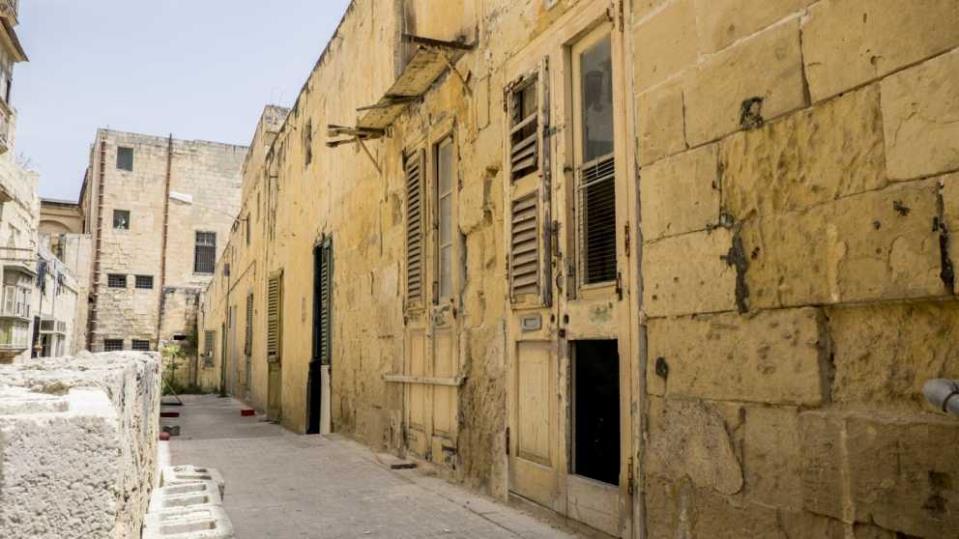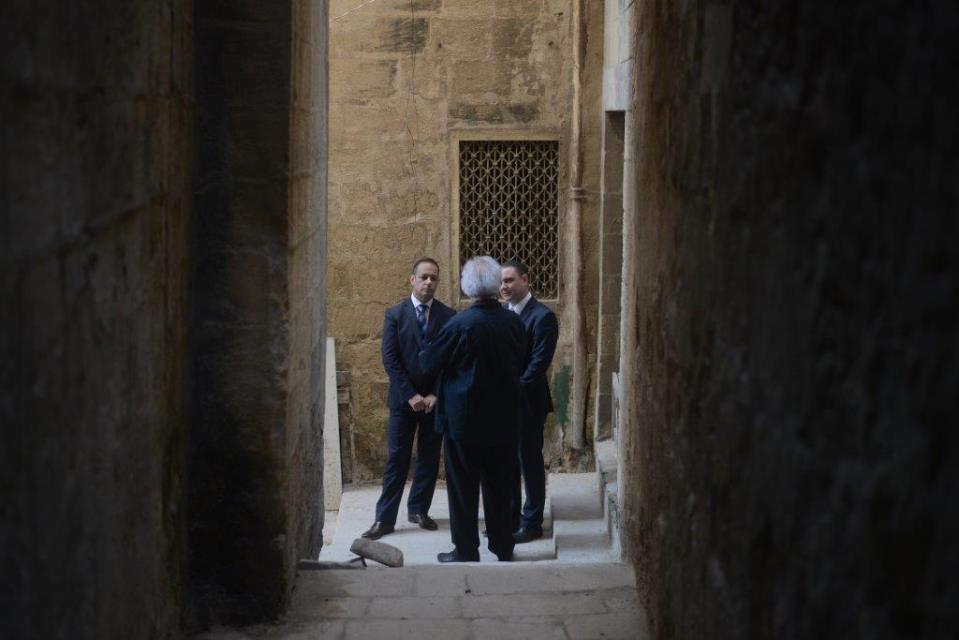The dilapidated old civil abattoir in Valletta is to be transformed into the Valletta Design Cluster in what is one of the key projects carried out as Malta's capital city prepares to become a European capital of culture in 2018.
Il-biċċerija, which is situated behind the Auberge de Baviere, a short distance away from the Jews' Sally Port, is one of Valletta's oldest structures; its first part was built in 1636 to serve as an abattoir.
The structure actually only served as an abattoir for a small portion of its nearly 400-year history, although its name has been retained. It started being used as soldiers' barracks in the early 18th century, but subsequently served other uses, hosting bakeries and other light industry as well as residents.

However, it has been sorely neglected over the years, and parts of the structure are in a dangerous condition, although a number of people still call it home, including a number of squatters.
But a €7.5 million project is now set to turn the site's fortunes around, and the building should become a design cluster by 2018. Preparatory works costing some €150,000, including cleaning and the restoration of dangerous sections, will begin this summer.

At a press conference held on site this morning, Cultural Directorate manager Caldon Mercieca, who is leading the project, explained that the design cluster would serve as a business incubator for start-ups in the design sector, providing them with studios, meeting spaces and ancillary facilities to help them develop and grow. The site should bring together students, professionals and experts alike.

The project will also comprise a number of residential spaces to allow for artist-in-residence programmes, bringing over designers, researchers, artists and industry specialists from overseas to live there whilst working with the design cluster and other cultural organisations in the country.

Valletta 2018 Foundation chairman Jason Micallef described the project as a clear example of how Valletta 2018 was seeking to leave a lasting legacy, beyond the hosting of a European capital of culture for one year. He said that the project should leave a lasting impact on the way students take decisions concerning a possible career in the creative industry.
Mr Micallef also emphasised that the foundation has made sure that residents' concerns were addressed, with the team leading the project visiting the area's residents in their homes and holding workshops to inform them about their plans.

He said that the residents' feedback was overwhelmingly positive: they were pleased that a long-neglected area was finally receiving the attention due.
Culture Minister Owen Bonnici noted that an area that was left to deteriorate over the years would now become a cultural motor, and also said that the government is seeking to use EU funds to co-finance the project.
He observed that the design sector was already a significant one, employing some 1,200 people in 600 enterprises: many work as freelancers or in micro-enterprises.
Mr Micallef, on his part, said that children living in nearby areas would be encouraged to take up a career in design, to help ensure that the project would benefit the community.
The project was also endorsed by architect Richard England, who quipped that a place of death - a former abattoir - was being converted into a place of birth and argued that such a place was highly needed.
"The strength of a space of the sort is in the way it will be bringing creative people together in one space, on a regular basis. It will also be providing formal and informal work spaces, as well as others for discussion and collaboration in a stimulating environment where ideas can be transformed into job opportunities and successful creative careers," Prof. England maintained.
Photos & Video: Jonathan Borg